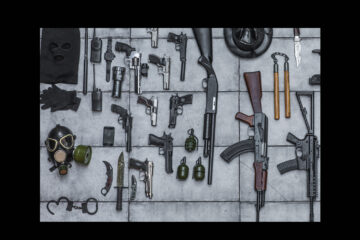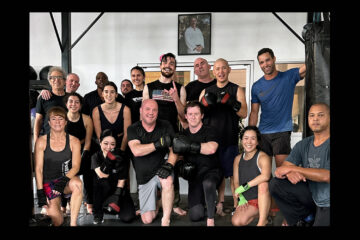Situational Awareness.
Situational awareness is an essential skill to develop for self-defense. Ask any Krav Maga Worldwide certified instructor and they’ll tell you how important it is. The only way to 100% guarantee that you won’t get hurt in a fight or assault is to not be involved in one. The Krav Maga Worldwide self-defense system stresses avoiding and deescalating conflicts whenever possible.
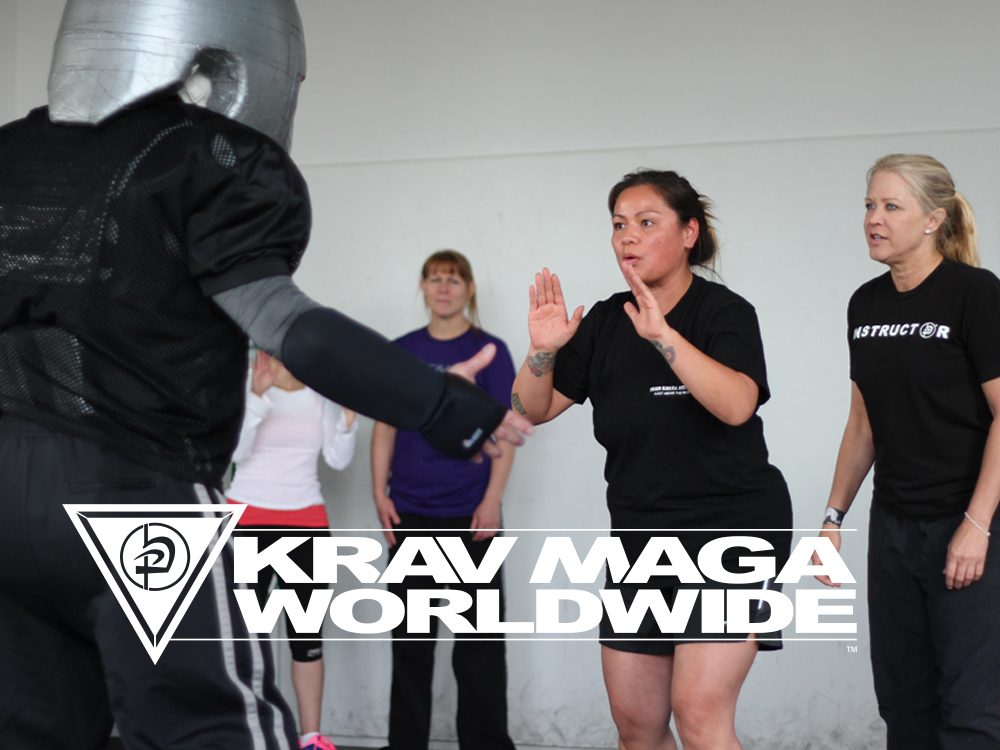
In theory, that’s great. In reality, assaults, ambushes, attacks and real-world dangers pop up and they aren’t 100% avoidable. Even the most well trained, highest level, self-defense and martial arts practitioners are vulnerable to attacks that they just don’t see coming.
Krav Maga Worldwide self-defense classes will give you the skills to fight back, win, and go home safe these kinds of dangers occur. Progressing through Krav Maga belt levels and the Krav Maga belt system will train you to deal with increasingly complex and increasingly bad situations. We want our students to prevail if they have to defend themselves but, really, we don’t want anyone who trains with us to be in a situation where they must defend themselves.
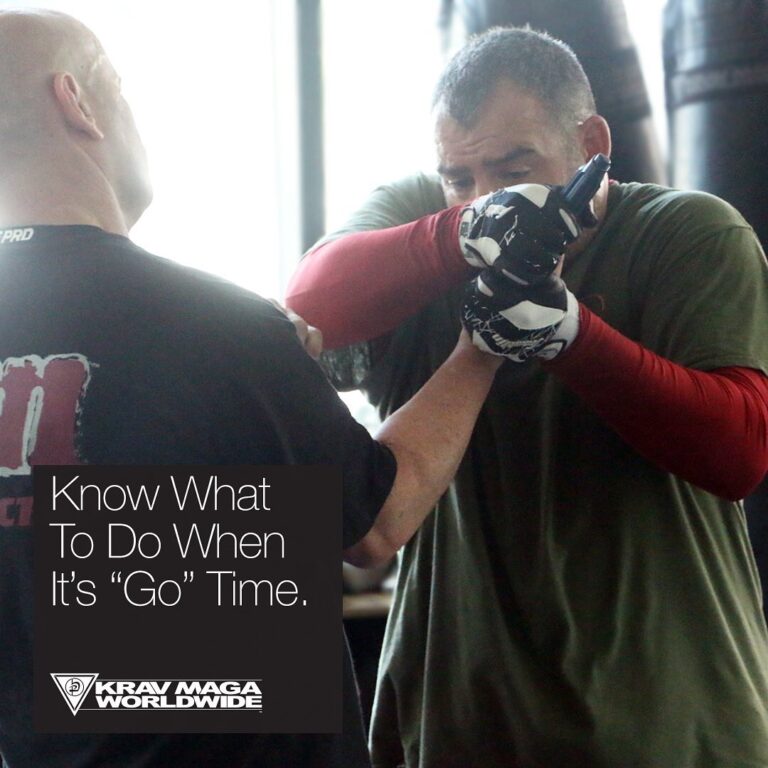
This creates a bit of a paradox. Yes, you absolutely should be taking self-defense classes. You absolutely should be consistently training and keeping your, skills sharp, and staying prepared. However you should not be seeking out an opportunity to apply those skills. You should be actively assessing and analyzing you environment and circumstances so that you avoid danger and avoid conflict. That is situational awareness.
It might seem impossible to be constantly assessing and analyzing these sorts of things. It’s not, though. There are two major elements involved in developing situational awareness and once you’ve started and become aware of what you are doing, it progresses naturally. The first element is physical. The second is mental.
Physical.
Start training at a Krav Maga Worldwide certified training center. Krav Maga is a self-defense system that was designed to bring people with little to no hand-to-hand combat experience to a high level of ability in a very short period of time.
Think about that for a second. Krav Maga Worldwide self-defense classes are the best self-defense classes because they were purposely designed to be efficient. Krav Maga’s origins come from the origin of the Israeli Defense Forces. The system’s roots are in military training. Soldiers need effective training that is easy to learn and easy to recall under stress. That’s Krav Maga.
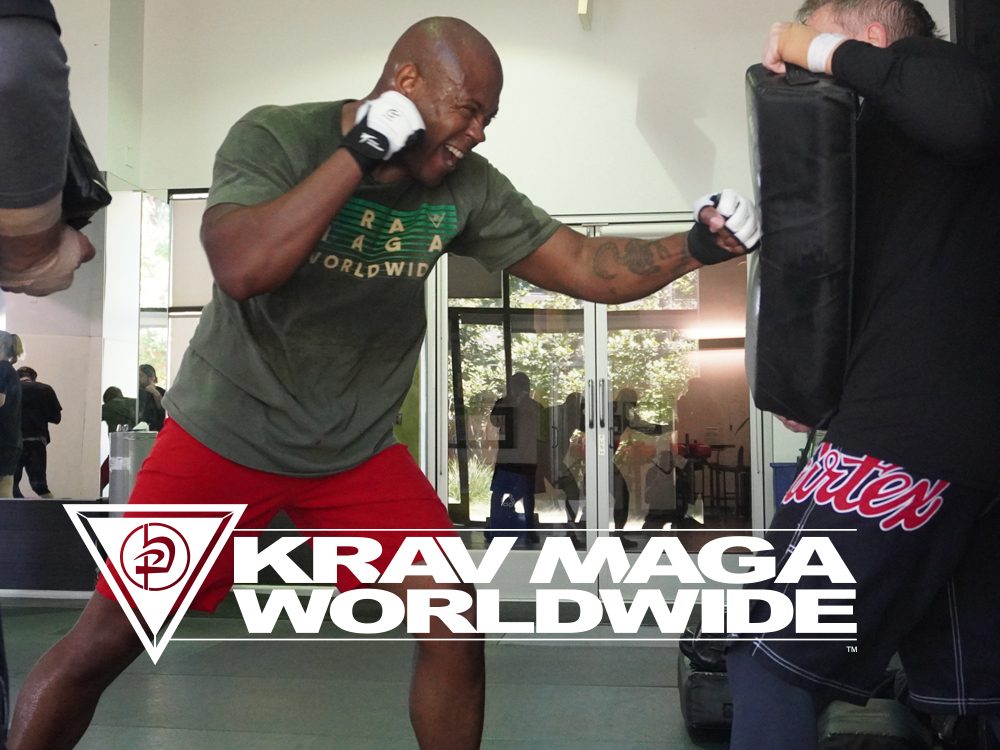
When you are training in Krav Maga classes you learn to use no-holds-barred striking techniques like punches, kicks, knees, and elbows to cause damage to someone who is trying to cause damage to you. You also learn how to defend against attacks like striking techniques, chokes, bearhugs, headlocks, pins on the ground, hair pulls, and much more. In advanced Krav Maga levels you learn techniques like defending against attackers armed with guns, knives, and blunt objects.
Physical training like this trains your body to fight. Part of that is the ability to recognize things like distance, timing, and angles. That’s incredibly important in developing situational awareness.
If you understand the distance from which someone can grab you, or try to choke you, or try to put you in a headlock, you become more aware of just how something like that can happen. You know where that sort of danger can come from. Your body is programmed with that knowledge so there’s an understanding of how to avoid that distance.
Conversely, if you know the distance you need to be at in order to effectively punch, kick, knee, or elbow someone, there’s an understanding of where you need to be in order to make that sort of counterattack. There’s simply no other way to gain that physical ability and skill without consistent training.
Think about it, if you’ve practiced defending against a choke from the front 100 times or 1000 times, you’ll know when someone is close enough to you to be able to choke you. Your body develops awareness of what dangers actually are as you develop the skills to defend against them. It’s not magic. It’s physical training.
Mental.
The physical element of training absolutely has an effect on you mentality and mindset. There’s more to the mental element of situational awareness though and what that really boils down to is preparation.
An easy way to develop a high level of situational awareness is to always be assessing and analyzing four very simple questions before you do anything. Again, that might sound a little impossible or extreme but it’s not. It’s just being practical and prepared.
Where are you going?
What environment are you putting yourself into? If you are just leaving the house to go to the supermarket or some other everyday location, this should be easy. You should know the surroundings, the entrances and exits, the route you are taking, and where to go if something unexpected happens.
If you are going someplace that you are not familiar with, let’s say on a vacation, or to a part of town that you don’t go frequently, look it up. Check out the location on Google Maps or on Citizen or Next Door.
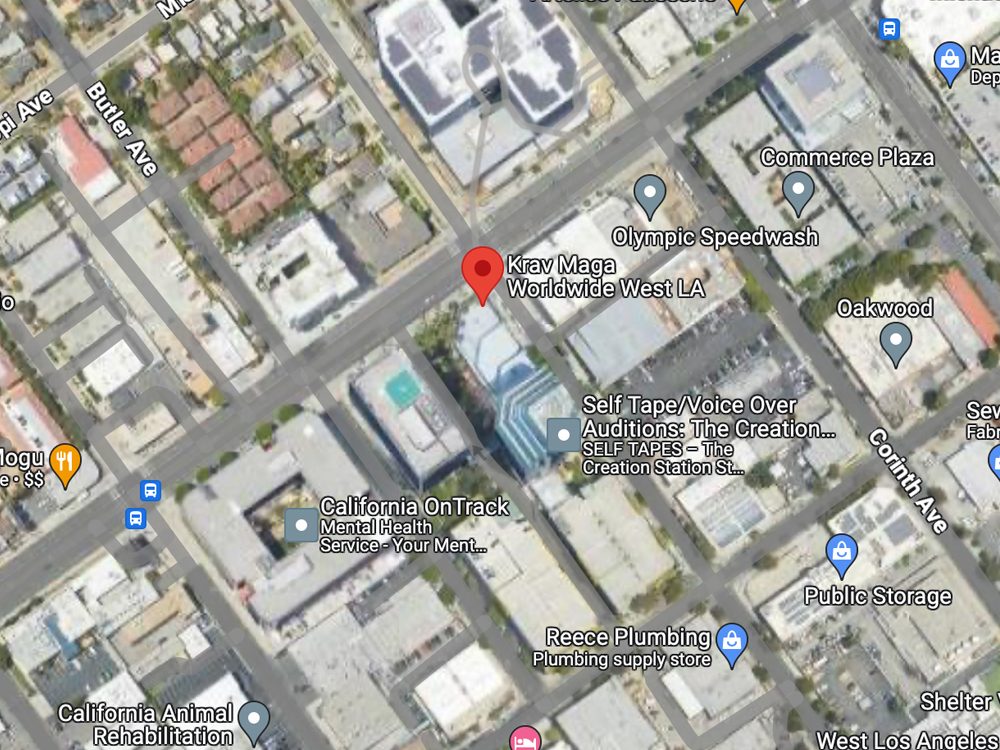
The street view on Google Maps will show you what’s around that location, what type of parking lot or parking is available, what route to take, what landmarks are nearby in case you get lost. Apps like Citizen or Next Door will give you an understanding of what types of dangers or criminal activity are prevalent in those areas.
It only takes a couple of minutes to become acquainted with where you are going and how you are going to get there if you are going somewhere you aren’t familiar with. Doing this is a huge advantage. You won’t be overwhelmed or confused by your environment. That means you won’t have your head buried in your phone trying to sort it out when you arrive.
Key takeaway for situational awareness.
Predators thrive on the unprepared. Know where you are going, analyze and understand the environment in advance, and you will be much more difficult for predators to target.
When are you going?
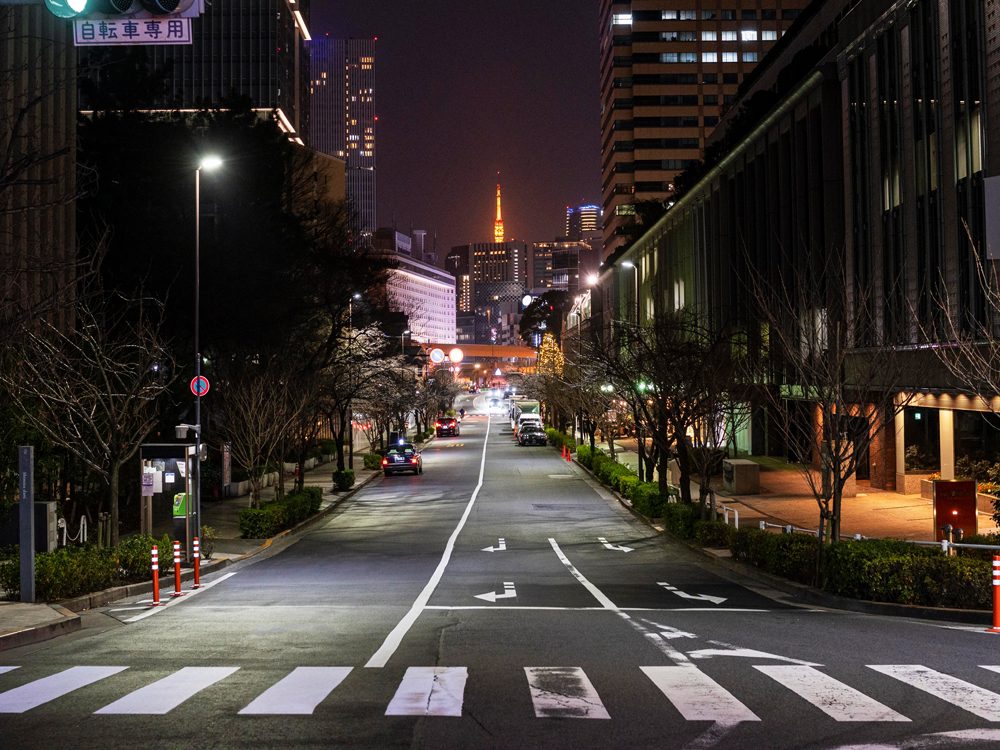
The importance of timing should be easy to understand. You don’t want to be anywhere at anytime that might be dangerous. The timing of doing any activity has to be considered in both very broad and very detailed terms.
Avoid going to places where bad things are happening on a broad scale. For example, don’t schedule a trip someplace during, say, hurricane season. Don’t plan on going to a country or location involved in some sort of political upheaval. Certain areas of the world are renowned for kidnappings, corruption, assaults on foreigners, etc. Do a little research into what is, or might be, going on in place that you are planning to go.
This applies for places closer to you as well. Do you really need to go to local convenience store at midnight? If you really must go at that time, be aware that you are going at a relatively dangerous time. Is it really a great idea to make plans to be somewhere at a time in which you could be isolated, marked as a target, or wandering into potential danger. Again, apps like Citizen or Next Door will give you insight and data about dangerous times.
Further application of this could be considering how long you want to stay at any given place. If you are having dinner or drinks with friends, attending a concert, going to a major event, for example. How long do you really want to be at that location. Is it possible that your safety could start to become compromised at any given location after a certain point in time?
Key takeaway for situational awareness.
Think about the time you are going to someplace, when you want to arrive, and how long you really want to stay there. Stay alert about timing. Set an alarm on your phone or watch to prompt you to leave. Keep an eye on how the environment around you is developing and how people are acting in a place that you are spending time. Not being somewhere at a dangerous time eliminates the possibility of bad things happening
What are you going to do at your destination?
Think about what you’re going to be doing and how to do that as safely as possible. This type of consideration can also be both broad and super detailed and you should research and plan accordingly.
Let’s say for example, you are going on a hike. You should put some time into researching the first two elements (location and time) as well as what you are going to need on your hike. Maybe things like food, water, sunscreen, appropriate clothes, etc., which will support your physical well being. There also must be some consideration for letting people know where and when you’ll be going, carrying a phone for emergencies, perhaps packing some sort of self-defense tool or force multiplier, etc.
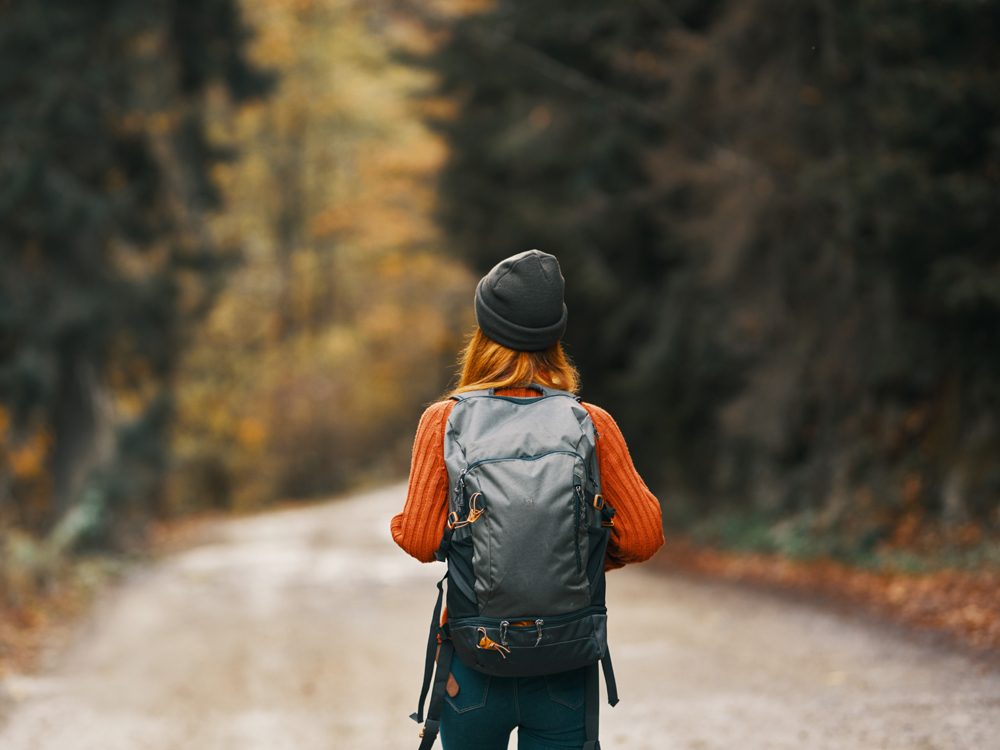
A completely different example would be something like going out for drinks. Again, the where and when you are going must be given some thought and research beforehand, whether it’s a place you’ve been before or not. Going out for drinks is not dangerous in and of itself but be aware that the more drinks you have, the more your physical function, and emotions are going to be affected. It’s not a “bad” thing…but make sure you are prepared to have drinks as safely as possible.
Key takeaway for situational awareness.
Apply this thinking to pretty much anything you are going to do. Anything, really. Going to work, running errands, going on a run, taking your kid to their game, going skydiving, going on vacation. What risks are inherent in the activity and what risks could arise from the environment you will be in.
Who are you going with?
Whether you are going someplace alone or with friends, be aware of that circumstance. Each presents its own unique set of challenges and a little preparation can give you the edge you need to stay safe.
If you’re going someplace by yourself, all three of the previous elements must be at the forefront of your mind. You’re going to be alone when you’re driving or commuting, when you’re parking or disembarking, when you’re at your destination. Understand that nobody will be able to watch your back or have your back if danger arises. Plan for that.
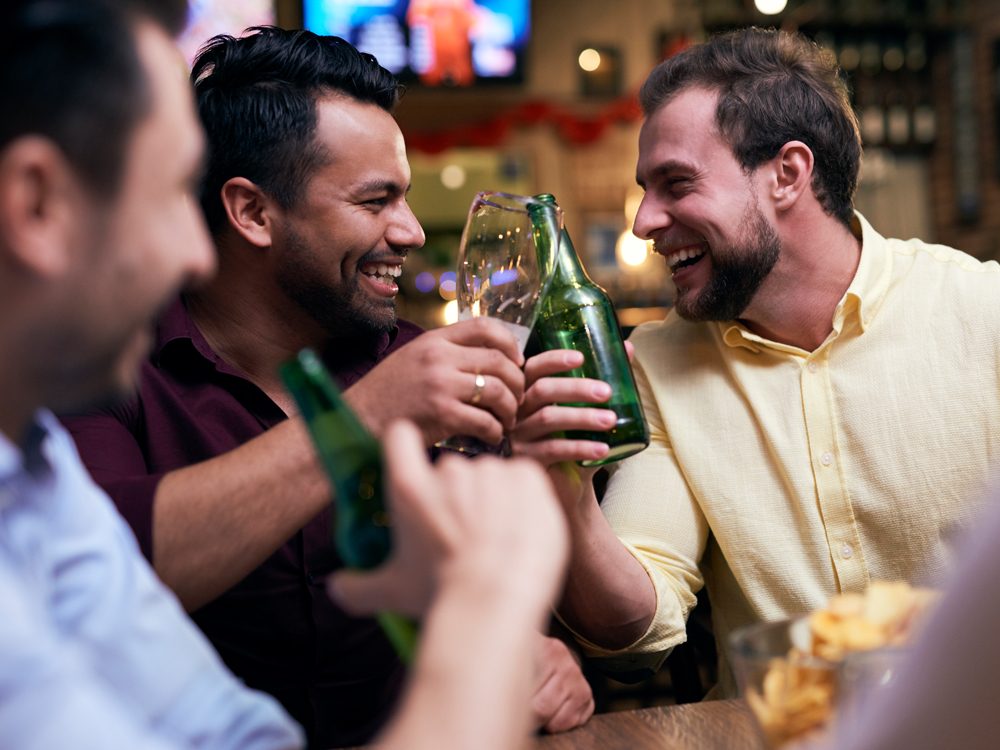
On the other hand, going someplace with company also needs to be analyzed. Are you taking your children? If so, there’s going to be much more you need to be aware of. You are the first line of defense in this situation and you have to keep that in mind and be constantly aware.
If you are going somewhere with friends, adult family members, coworkers etc., you really need to do some analysis of their personalities and capabilities. Other people have the ability to look out for you and to help if danger arises. Many people don’t have those abilities. Some personalities are the type that stir things up, and possibly even insight the kind of trouble that you really don’t want to be around.
Key takeaway for situational awareness.
Consider the company you will be with. Analyze it. Plan for it and about it. Don’t let other people make you vulnerable. Don’t let the people you associate with compromise your safety.
Self-defense training at Krav Maga Worldwide.
In a very real sense, the only person you can really rely on is you. It’s up to you to be constantly assessing and analyzing your environment and circumstances. Thinking about where you’re going, when you are going, what you are doing, and who you are doing it with will help you develop situational awareness. Utilizing that situational awareness means taking action to keep yourself as safe as possible based on that data you get from that assessment and analysis.
Ultimately there’s no substitute for having the physical skills to defend yourself if your situational awareness fails…and it can. We all know that.
The best way to develop those skills is to train at a Krav Maga Worldwide certified training center. Click here to find a searchable map of our certified training centers around the world. You can also call us at 800-572-8624 and we’ll help you.

